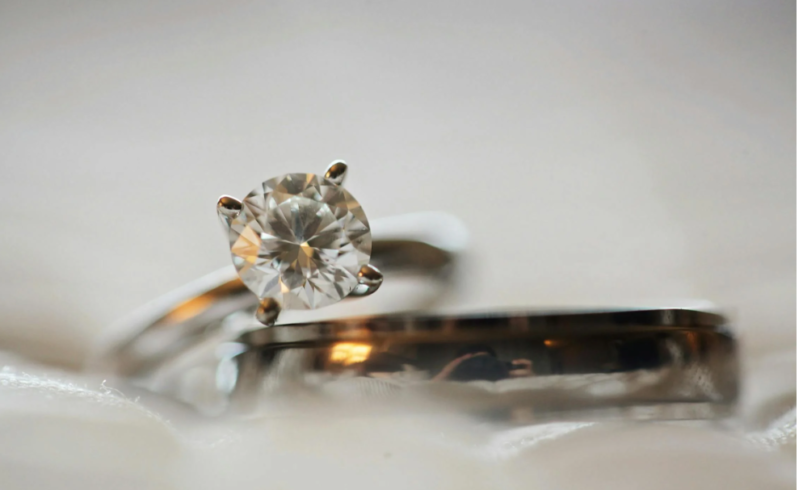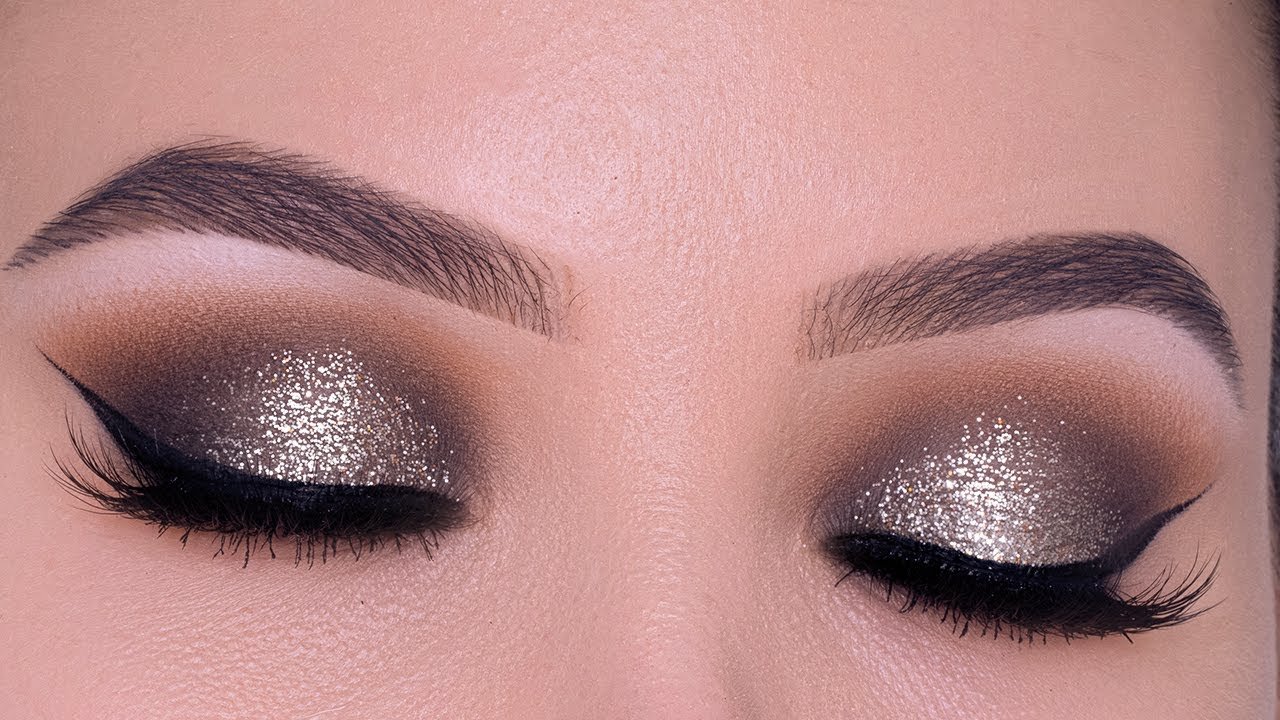How To Determine the Value of Your Diamond Ring Before Selling

Selling a diamond ring can be intimidating. You want the best price, but how do you know what your ring is worth? Diamonds are valuable, but many variables determine their worth. Understanding these variables will allow you to make informed decisions before you sell.
Maybe you’re selling post-breakup, need extra cash, or don’t wear your ring anymore. Whatever the reason, finding out how much your ring is worth is the first step towards getting a fair deal.
Besides, some rings are worth more due to their brand, cut, or rarity. Others are worth less due to market demand or imperfections. This is a guide to help you price your diamond ring before resale.
1. Know Your Diamond Value
Diamonds are valued based on four key factors: carat, cut, color, and clarity. These qualities drive the price of your diamond ring and understanding them can help you get the right price if you ever decide to sell diamond ring. That price will depend on how well those qualities come together.
The carat weight of a diamond is the first thing to consider. The bigger the diamond, the rarer and more valuable it is. But size alone doesn’t determine value. A smaller diamond with perfect quality will be worth more than a larger one with noticeable flaws.
That’s where the cut comes in. A diamond’s cut affects how it reflects light. When cut just right, a diamond sparkles, making it beautiful and appealing to buyers. A poorly cut diamond will be dull and less appealing. And that reduces its market value.
Color is another consideration. We grade diamonds from D (colorless) to Z (light yellow or brown). The less color a diamond has, the more valuable it will be.
Finally, clarity is about the imperfections inside (inclusions) or outside (blemishes) of the diamond: the fewer those imperfections, the more valuable the stone. A flawless diamond is extremely rare and highly sought after. That’s why it’s one of the most expensive diamonds.
2. Checking For Diamond Certification
A professional gemological lab has evaluated a certified diamond, such as the Gemological Institute of America (GIA) or the American Gem Society (AGS). These certificates provide a reliable assessment of your diamond’s quality.
If your ring comes with a certificate, read it. It will provide the diamond’s 4 Cs, any treatment it has undergone, and its overall grade. A certified diamond typically is more expensive since buyers trust the verified information.
Remember that you can still sell your ring if it is not certified, but getting a certification before you sell may increase its value. Buyers like certified diamonds because they assure the quality of the stone.
3. Assessing The Brand And Setting
The designer brand name of your diamond ring can influence the price you can get for it. Designer rings from leading designers would cost more because of the quality and designer brand name. Such designers have loyalists who would be willing to pay more.
The setting, as well as the metal and style in which the diamond is set, also has an impact. Platinum settings are worth more than gold settings since they are more durable and less typical. Ornate or custom settings will add value, but plain or out-of-style settings will not necessarily add much to the cost.
So, if your ring has other diamonds or gemstones, it can affect the price. A well-designed ring with good-quality side stones can attract more purchasers. However, the majority of purchasers take the center diamond into account when pricing.
4. Considering Market Demand And Trends
Market conditions also play a part in determining the value of your diamond ring. When diamonds are in demand, you can get a reasonable price. When the market is slow, you might have to wait or settle.
Diamond shape and style go in and out of trend. Specific shapes like round or oval never go out of style and retain their value. Shapes such as marquise or heart-shaped diamonds are not as much in demand and, therefore, would be more difficult to resell at a high value.
Keep an eye on the market to time your sale. Check with a diamond specialist or research current prices, if possible, to find out what your ring is worth.
5. Getting A Professional Appraisal
A professional appraisal will give you an estimated value of your diamond ring. Jewelers and gemologists offer appraisal services to value your ring based on its characteristics and present market worth.
An appraisal will help you sell but remember that the price in an assessment may not be what you get. Retail appraisals tend to quote replacement values higher than resale values.
It’s wise to get several appraisals so that you can compare prices. Some jewelers provide free appraisals, while others charge for the service. An expert opinion can give you realistic expectations if you’re considering selling.
Final Thoughts
Selling a diamond ring requires preparation and research. An idea of your ring’s value helps you set realistic expectations and avoid underselling your jewelry. You can make informed choices by considering the 4 Cs, checking certification, and seeing what the market says.
Choosing the right buyer is as important as knowing your ring’s worth. Whichever you sell to, whether a jeweler, auction house, or specialty buyer, ensure you’re dealing with a legitimate and reputable company.





